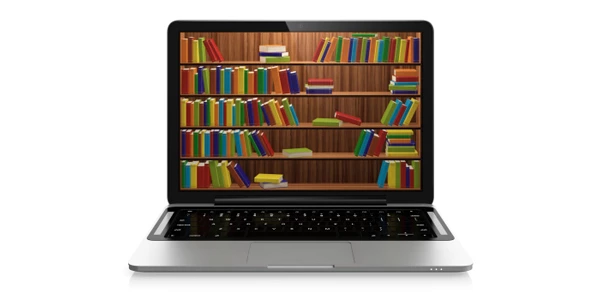Want to cut your library’s overhead costs and align your services with today’s tech-insatiable student? Here are the four ways that next-generation library technology; reduces your overhead and boosts your students’ academic experience
1. Shed the paper weight. Libraries save money (and those majestic trees outside your window) when they get smart about eliminating the paper trail.
Not printing things that are easily referenced online*
Taking advantage of book scanning technology with scan-to-mobile capabilities Setting up tablet-renting stations and Smartboards for digital presentations Capitalizing on document-sharing platforms (e.g., Google Docs) to cut down on paper copies, decrease the risk of lost or damaged documents and boost real-time, interactive collaboration amongst students
2. Take academics to the cloud… and beyond. By getting on board with the latest technology, students are able to access a variety of document types… anytime, anywhere. Cloud storage to archive academic papers, photos, billing files, student files, etc. Not only registering for courses online, but also tapping into virtual scheduling, online classes and real-time grade tracking.
3. Start printing smarter. When it comes to printing, less is undeniably better. The average school of 1,000 students spends about $3,000 to $4,000 a month on paper, ink and toner. Costs grow exponentially due to wasteful printing habits: nonacademic print jobs, unintended duplicates, single-sided printing, color-heavy graphics, uncondensed PowerPoint slides, etc. Start a campaign (or a competition, perhaps) to encourage smarter printing in your library. Offer prizes for “lean” printing habits and incentives to avoid printing altogether.
4. Make your school attractive. Let’s face it: Students love the cutting-edge tech. Long gone are the days when they’d spend hours in the stacks. When it comes to setting off on their academic journey, they want to do it with an institution that takes technology seriously. So if you want to boost enrollment, you have to boost your technology. New technology streamlines processes and activities for students, making your library more efficient and appealing. It prepares them for “the real world,” where technology rarely stands still for long.

